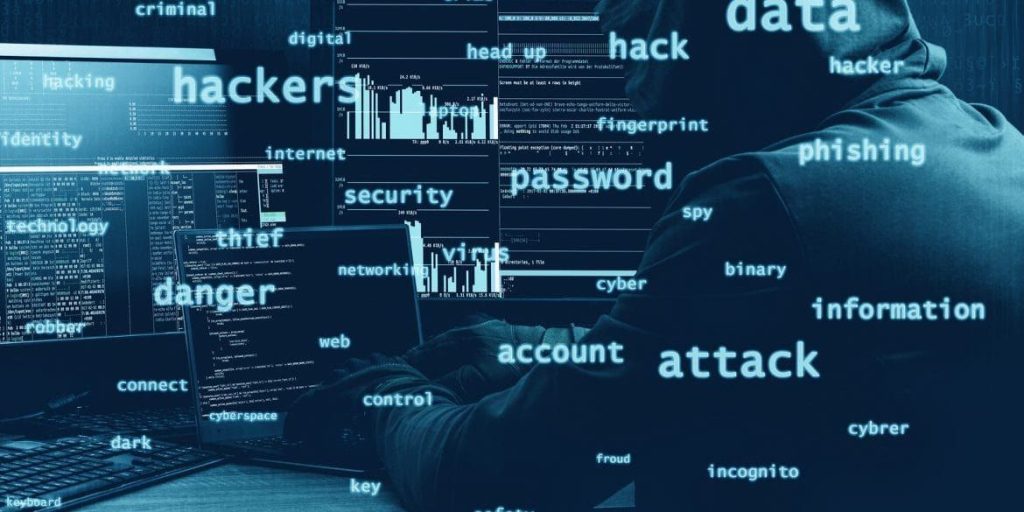JAKARTA, cssmayo.com – Cyber Threats continue to evolve at a rapid pace, targeting organizations and individuals alike. Understanding these threats and learning from real-world incidents is essential for building robust defenses. In this article, we examine various types of Cyber Threats, share true case studies, and provide practical, actionable tips to help you stay secure.
Understanding Cyber Threats
What Are Cyber Threats?
Cyber Threats encompass any malicious attempt to access, damage, or disrupt digital systems. They range from simple phishing emails to sophisticated nation-state attacks. Recognizing the nature of these threats is the first step in preventing data breaches and financial loss.
Why Focus on Cyber Threats?
With businesses moving critical operations online, the stakes are higher than ever. A single successful breach can result in reputational damage, regulatory fines, and operational downtime. Prioritizing Cyber Threats awareness helps organizations allocate resources effectively and respond swiftly when incidents occur.
Types of Cyber Threats
Malware Attacks
Malware includes viruses, worms, Trojans, and ransomware. These malicious programs infiltrate systems to steal data, encrypt files, or hijack resources. In one notable incident, a global shipping firm fell victim to ransomware that encrypted its logistics software—bringing operations to a standstill until a multi-million-dollar ransom was paid.
Phishing and Social Engineering
Phishing remains the most common entry point for Cyber Threats. Attackers craft deceptive emails or messages to trick users into revealing credentials or downloading malware. A financial services company once lost $2 million after employees received spoofed invoices from a trusted vendor. The lesson: verify requests through a second channel before taking action.
Advanced Persistent Threats (APTs)
APTs are long-term, targeted attacks usually sponsored by state actors. These Cyber Threats aim for espionage or intellectual property theft. An APT group infiltrated a defense contractor’s network over several months, exfiltrating sensitive research documents without detection. Continuous monitoring and anomaly detection are critical to uncovering such stealthy intrusions.
Insider Threats
Not all Cyber Threats come from the outside. Disgruntled employees or negligent staff can cause data leaks or sabotage. In one case, a departing software engineer copied proprietary code to a personal drive for future use. Implementing strict access controls and exit procedures reduces the risk of insider incidents.
Real-World Case Studies
Case Study 1: Ransomware at MedTech Corp
MedTech Corp experienced a ransomware outbreak that encrypted patient records and halted surgeries. By lacking segmented backups, the hospital faced a difficult choice: pay a ransom of $500,000 or rebuild systems from scratch. After paying, they overhauled their backup strategy, implementing immutable backups and air-gapped storage.
Case Study 2: Phishing Scam at FinServe Bank
FinServe Bank’s compliance team received an email appearing to be from their CEO, requesting an urgent wire transfer. The phishing email bypassed spam filters due to carefully crafted language and a lookalike domain. Post-incident, the bank introduced multi-factor authentication (MFA) for all high-value transactions and simulated phishing drills to educate employees.
Case Study 3: APT Attack on Tech Innovators Inc.
Tech Innovators Inc. was infiltrated by an APT group seeking trade secrets. The attackers used spear-phishing to compromise developer workstations and moved laterally for months. Detection occurred only after anomalous data transfers were flagged by behavioral analytics. The company now employs continuous endpoint detection and response (EDR) tools and zero-trust network segmentation.
Actionable Tips for Mitigating Cyber Threats
1. Implement Multi-Factor Authentication
Require MFA on all critical systems and remote access points. This simple step can block over 99% of automated password attacks and significantly reduce the risk posed by stolen credentials.
2. Maintain Regular, Segmented Backups
Schedule frequent backups of mission-critical data and store copies offline or in immutable storage. In the event of ransomware, you can restore operations without succumbing to extortion.
3. Conduct Phishing Simulations and Training
Run periodic phishing campaigns to test employee vigilance. Provide targeted training on identifying red flags—such as unexpected attachments, mismatched URLs, and emotional urgency—and reinforce reporting procedures.
4. Deploy Endpoint Detection and Response (EDR)
Use EDR solutions to monitor device behavior in real time. These tools detect suspicious processes and isolate infected endpoints before threats spread laterally across the network.
5. Enforce Least-Privilege Access
Grant users only the permissions necessary to perform their roles. Regularly review and revoke elevated privileges when projects conclude or personnel change roles, reducing the attack surface for insider threats.
6. Keep Software and Systems Updated
Apply patches and updates promptly to close known vulnerabilities. Automate patch management where possible, and prioritize critical systems exposed to the internet.
7. Establish an Incident Response Plan
Develop a clear playbook detailing roles, communication channels, and escalation procedures for Cyber Threats. Conduct tabletop exercises quarterly to ensure readiness and identify process gaps.
Best Practices for Ongoing Cyber Threat Management
Continuous Monitoring and Threat Intelligence
Integrate threat feeds and security information event management (SIEM) platforms to aggregate logs and correlations. Real-time alerts on emerging Cyber Threats empower security teams to respond proactively.
Zero-Trust Architecture
Adopt a zero-trust model where every access request is authenticated and authorized, regardless of origin. Microsegmentation and strong identity verification help contain breaches and limit lateral movement.
Vendor Risk Assessment
Evaluate third-party providers’ security posture before onboarding. Regularly review contracts for compliance requirements and ensure vendors adhere to your organization’s Cyber Threat policies.
Security Culture and Leadership Buy-In
Foster a security-first mindset across all departments. Executive sponsorship and clear communication of Cyber Threat priorities encourage staff engagement and accountability.
Conclusion
In an era defined by digital transformation, Cyber Threats pose significant risks to business continuity and data integrity. By studying real-world incidents and applying actionable tips—such as MFA, Segmented backups, and continuous monitoring—you can build resilient defenses against both external and insider threats. Remember: security is not a one-time project but an ongoing commitment to vigilance, training, and innovation.
Elevate Your Competence: Uncover Our Insights on Techno
Read Our Most Recent Article About Cloud Backup!

